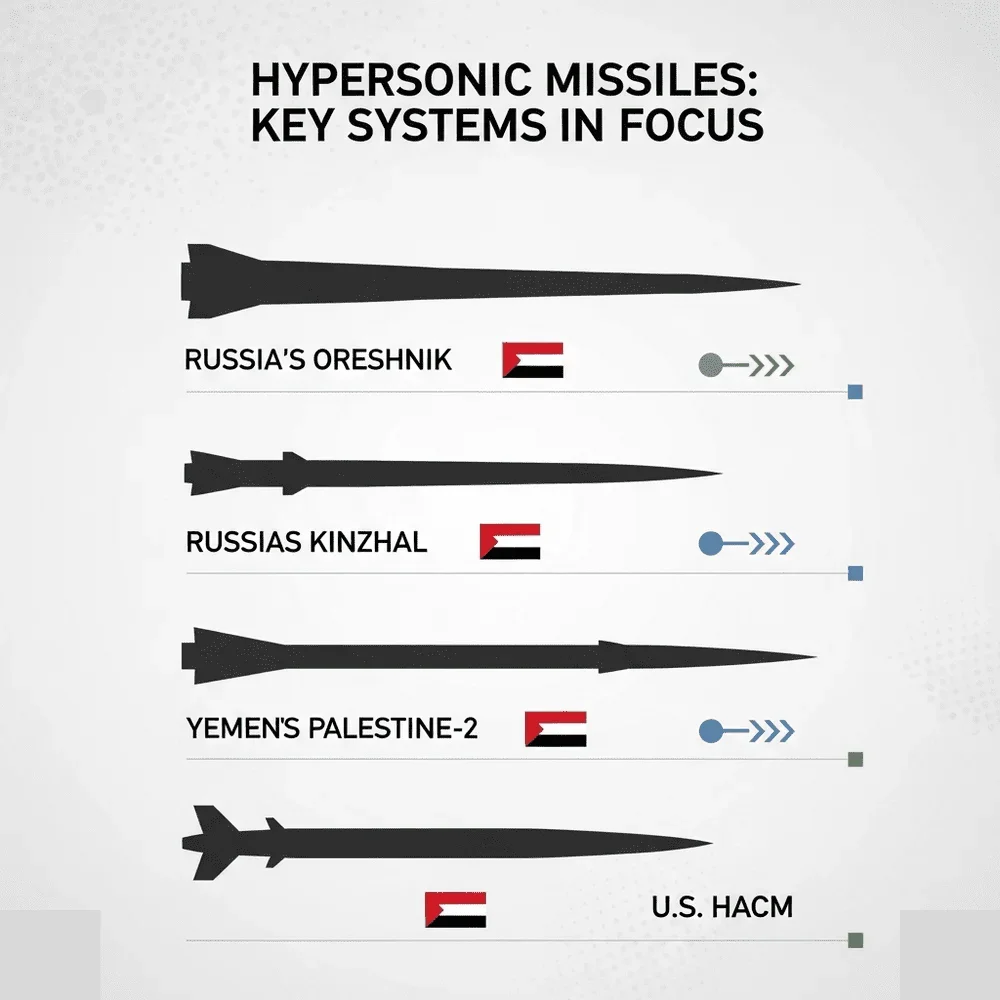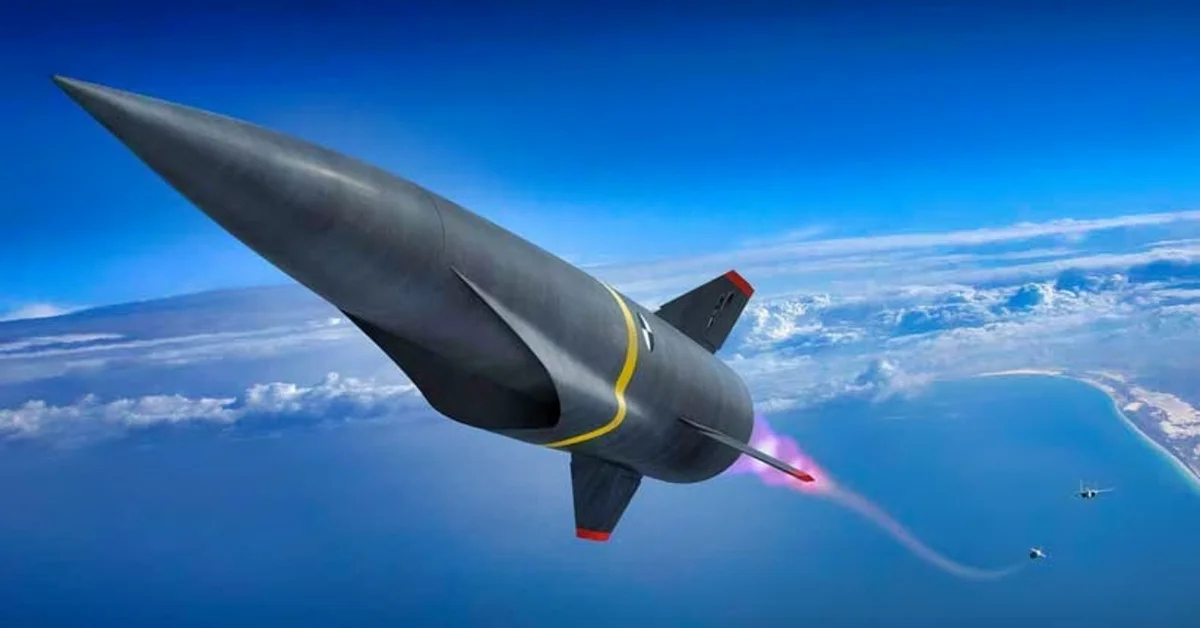Russia and Belarus are preparing for Zapad-2025, a large-scale joint military exercise running from September 12 to 16, which will highlight the strategic importance of Russia’s Oreshnik hypersonic missile, an intermediate-range, nuclear-capable weapon. The drills occur amid escalating NATO tensions and follow Russia’s lifting of restrictions on deploying such missiles.
In Eastern Europe, heightened fears are real. Air raid sirens wailed over Kyiv as a Russian MiG-31, potentially armed with the lethal Kinzhal hypersonic missile, was detected in the skies. This came right before high-stakes talks between President Zelensky and President Trump in Washington.
In the Middle East, Yemen’s Houthi rebels declared a sharp escalation by claiming a hypersonic ballistic missile strike on Israel’s Ben Gurion Airport near Tel Aviv, carried out with what they referred to as the ‘Palestine-2’ missile. The attack has intensified regional war anxieties.
On the developmental front, the U.S. Air Force confirmed that the flight-testing schedule for its Hypersonic Attack Cruise Missile (HACM) has been delayed, with the inaugural test flight now expected in October 2025. It’s a small delay but a pivotal step for the future of U.S. hypersonic capabilities.
Here’s a quick breakdown of the main points, because clarity rocks:
| Hot Topic | What’s Happening |
| Zapad-2025 (Russia/Belarus) | Hypersonic Oreshnik drills amid NATO tensions. |
| Air Alert over Kyiv | A MiG-31, possibly armed with the Kinzhal missile, heightened tensions ahead of the U.S.-Ukraine summit. |
| Houthi Missile Strike | A hypersonic attack on Tel Aviv airport is an alarming escalation. |
| US HACM Test Delay | Hypersonic missile program faces schedule shift to October 2025. |
Key Takeaways:
- Russia’s Oreshnik missile is designed to travel at hypersonic speeds, making interception extremely difficult.
- NATO allies are closely watching the Zapad-2025 drills, calling them a direct signal to the West.
- The Kinzhal hypersonic missile can strike targets more than 2,000 kilometers away.
- Kyiv’s air defenses have struggled to counter repeated hypersonic threats.
- The “Palestine-2” missile, claimed by Houthis, marks one of the most advanced weapons used in the region so far.
- Israel’s Iron Dome defense system faces new challenges against hypersonic speeds.
- The U.S. sees HACM as vital to keeping pace with Russian and Chinese missile advances.
- Military experts warn that delays in hypersonic programs could affect the global power balance.




